Features of plumbing bolts
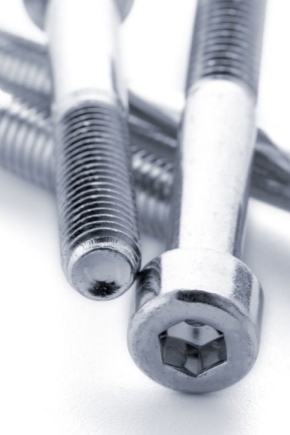
In the process of carrying out various installation work, a large number of fasteners are required. Bolts are a common option. Such elements are often used when installing plumbing equipment. Today we will talk about what features these latches have, and what types they can be.
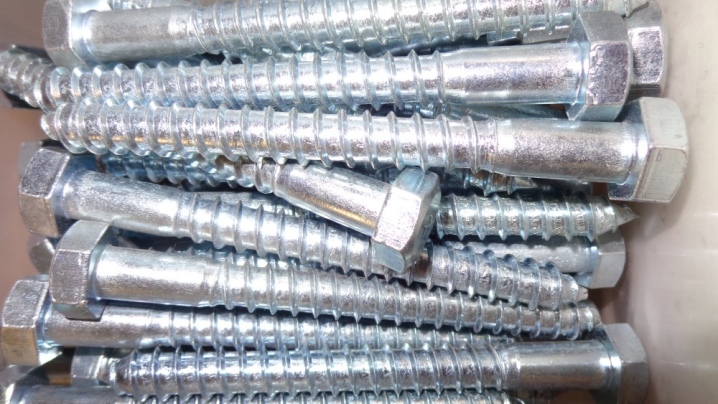
Description
Plumbing bolts are small fasteners with a hex head and frequent threads on a metal bar. The central part has a cylindrical design.
These bolts are easy to replace if necessary. They can be easily installed and dismantled by yourself, unlike welded joints. Currently, a huge variety of such elements are produced, depending on the size of the head, thread pitch, strength class and accuracy. As a rule, these varieties are used to firmly anchor plumbing fixtures to wooden bases.
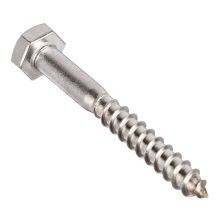
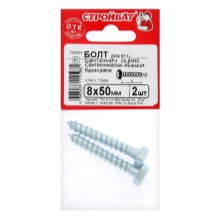

Varieties
Plumbing bolts can be of different designs. So, according to the shape of the metal rod, they can be divided into several separate groups.
- Rod of the same diameter. In this case, the central part of the product has one diameter value along its entire length. This type is the most common.
- Rod with a stepped structure. This type is a product in which the central part begins to taper towards the end, it has a smaller diameter compared to the base of the fastener.
According to the shape of the central rod, plumbing bolts can be divided into other types. So, they differ in the size of the thread. It can be placed along the entire length of the product. On some models, the thread only takes up a certain part. In this case, the diameter of the part with and without thread is, as a rule, the same. Sometimes a special head is placed on the rod - it provides a stronger fixation of the plumbing equipment.
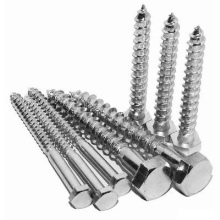
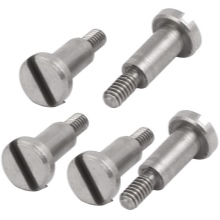
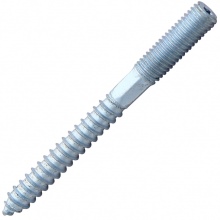
Bolts can be classified into different groups and depending on the type of head.
- A universal option. It is a hexagon bolt. Regular keys are enough to tighten it. Products can be used in almost any area of construction. Today, the so-called capercaillies are produced - these bolts also have a head in the form of a turnkey hexagonal element, while they do not have recesses in the cap for tightening.
- Anchor variety. These bolts are best used to secure heavy structures. They come in a huge variety of sizes and shapes. Anchor fasteners are used to install plumbing only occasionally, more often they are used for the installation of window structures and suspended ceilings.
- Countersunk head models. After installation, they will practically not be visible, their head is completely inserted into the structure, it will not be visible above the surface. The end of the models is absolutely flat. It has small slots designed to be screwed in with a screwdriver. In this case, the diameter of the head is always slightly larger than the diameter of the rod.
- Eye bolt. This type is used when it is necessary to provide the most durable and durable connection under heavy loads. The eye bolt instead of the head has a special ring that acts as a fastening element.
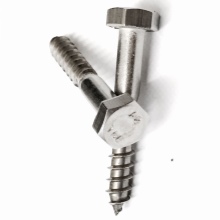
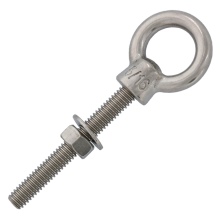
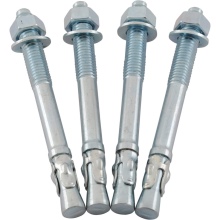
Plumbing bolts differ from each other in thread type and pitch.
- Metric models. They are in the form of bolts with coarse screw threads, which are applied to the outer part of the product.All protrusions and grooves in this case form a figure similar to an isosceles triangle. The parameters of this thread are calculated in millimeters, which is why it got this name.
- Inch samples. Such models have a triangular profile. But, unlike the previous version, their parameters are measured in inches.
- Trapezoidal bolts. Products have trapezoidal projections and depressions. This configuration makes it possible to create a significant frictional force, which does not allow the fastener to unscrew itself after installation.
- Rectangular. Such models have frequent threads and a head in the form of a small rectangle. They are used for fixing large plumbing fixtures.
- Persistent models. These fasteners are best used for higher side loads. In cross-section, they have the shape of a right-angled triangle.
Their thread is frequent, it goes along the entire length of the rod.

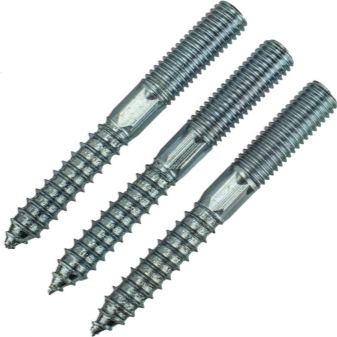
Plumbing bolts can vary depending on the material they are made from. As a rule, only durable metals and their alloys are used for their production. The most common options are various types of high quality and durable steel.
Other components are often added to alloys: sulfur, phosphorus, carbon and manganese. These elements make the base more durable and resistant, increase the durability of the products.
Often, the finished bolts are also coated with protective compounds that prevent corrosion on the surface of the parts. Special white zinc is most often used as such a coating.
He will be able to protect the clips from almost any harmful atmospheric influences.

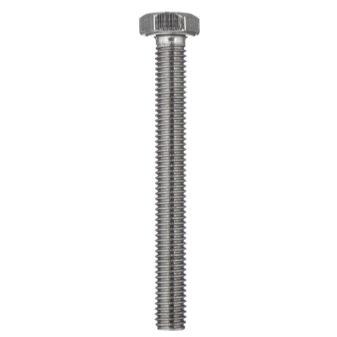
Sizes overview
Plumbing bolts can be made in different sizes. These parameters play an important role in the selection of fasteners. The diameter of the fasteners can vary from 8 to 48 millimeters.
The standard values for such elements are: 8x120, 8x100, 10x100, 8x80, 8x60 mm. But there are also models with increased parameters: 10x120, 10x200, 12x300 mm.
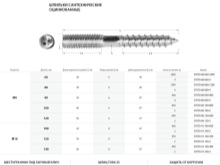
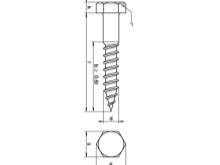
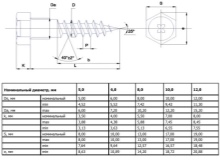
Usage Tips
In order for the plumbing equipment to last as long as possible, you should carefully install it. The fasteners play a primary role in this.
Before installing, carefully inspect the surface of the fasteners. It should not have any irregularities and other defects, otherwise it can greatly affect the quality of work. Structures held together by poor-quality connections will not last long.
It will take considerable physical effort to properly tighten the bolt in the equipment.
But at the same time, it should not be allowed that the fasteners are too tightly tightened, otherwise this can lead to breakage of the latch itself.
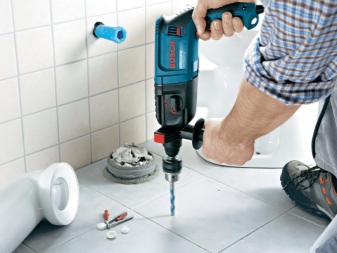
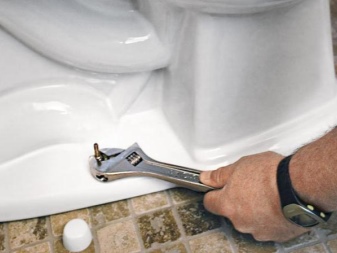
You can find out why you need expensive plumbing in your house from the video below.













The comment was sent successfully.